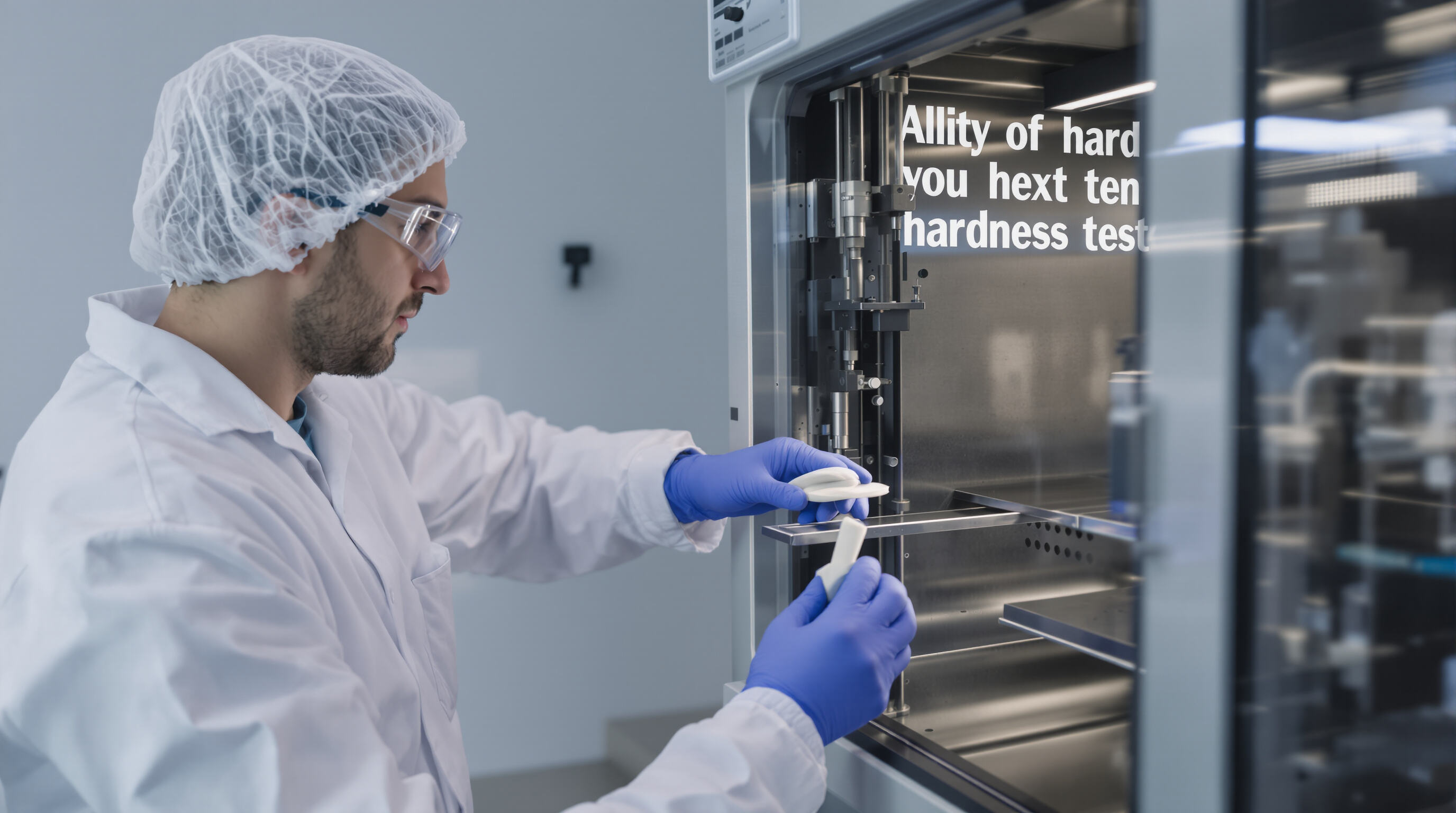Regulatory Compliance and Industry Certifications
FDA, REACH, and RoHS: Meeting Global Standards for Food, Medical, and Consumer Applications
Silicone product makers need to worry about regulations right from the start when developing their materials. They have to match their formulas against global safety standards first off. The FDA handles things like food contact and medical grade silicones, making sure nothing toxic ends up in these products. Then there's REACH over in Europe which basically requires detailed chemical reports just to get into the EU market. And don't forget RoHS either, especially important for electronic components and everyday items. This regulation puts strict limits on dangerous stuff like lead and mercury, keeping them below 0.1% weight in final products. These requirements aren't just paperwork hurdles but actual safety measures that protect both consumers and businesses operating across different markets.
Key Certifications: ISO 13485, IATF 16949, AS9100, and ASTM/USP Class VI Requirements
Certifications specific to particular sectors show just how serious companies are about maintaining strict technical standards and controlling their processes throughout production. Facilities that get ISO 13485 certification basically prove they have solid quality management systems in place when making medical grade silicones. For auto parts manufacturers, getting IATF 16949 means they can track every part through the system and prevent defects before they happen. The aerospace industry has its own requirements too - most suppliers need AS9100 certification to ensure everything from raw materials to finished products is transparent across the whole supply chain while managing risks effectively. There's also ASTM/USP Class VI certification which matters a lot for implantable devices and surgical instruments because it confirms whether materials will actually work safely inside human bodies. According to a recent study looking at aerospace certifications in 2023, suppliers who don't meet compliance standards end up facing rejection during audits at around double the rate compared to those who do comply properly.
Ensuring Market Access Through Compliance with Regional and Sector-Specific Regulations
Manufacturers dealing with different regions face all sorts of regulatory hurdles. Take China for instance where they have GB 4806 standards specifically for food grade silicones, or Brazil which requires compliance with ANVISA health rules. For automotive parts heading into European markets, companies need to submit their data through the IMDS system. Meanwhile in America, getting medical devices approved is made easier thanks to FDA Master Files. Getting all this paperwork sorted out ahead of time matters a lot when it comes to clearing customs without unnecessary holdups. Things like test results on materials, official statements confirming compliance, plus detailed batch information should be ready well before shipment dates. Otherwise there could be serious delays at borders that nobody wants to deal with during production cycles.
Material Expertise: LSR, HCR, and RTV Silicone Selection
Selecting a silicone manufacturer requires understanding key material types—Liquid Silicone Rubber (LSR), High-Consistency Rubber (HCR), and Room-Temperature Vulcanizing (RTV) silicones—and their performance in demanding applications, from medical implants to high-temperature seals.
Understanding LSR vs HCR vs RTV: Matching Silicone Types to Application Demands
The low viscosity of LSR makes it perfect for precision injection molding when creating intricate components such as medical tubes or baby product parts. Manufacturers report cycle times that are roughly 40% quicker compared to older materials. When it comes to HCR, companies typically rely on compression molding techniques. These materials stand out for their toughness, which is why they're commonly used in industrial gaskets and aerospace seals. They hold up well even when temperatures exceed 200 degrees Celsius, according to data from ASM International back in 2023. Then there's RTV silicone that cures right at room temperature, so it works great for prototypes and protecting electronic components. The numbers tell the story too – recent market reports show around an 18% jump in RTV usage within electronics manufacturing over the past year.
Performance Factors: Thermal Stability, Chemical Resistance, and Electrical Properties
| Property | LSR | HCR | RTV |
|---|---|---|---|
| Temperature Range | -50°C to 200°C | -60°C to 250°C | -40°C to 200°C |
| Chemical Resistance | Sterilization fluids | Oils, fuels | Solvents, moisture |
| Dielectric Strength | 18 kV/mm | 22 kV/mm | 15 kV/mm |
Liquid silicone rubber (LSR) performs really well in cleanrooms and other sterile settings because it holds up after multiple rounds of autoclaving without breaking down. High consistency rubber (HCR) has that special cross-linked structure that stops it from expanding when it comes into contact with fuels and oils, which makes it great for sealing parts in car fuel systems. Room temperature vulcanizing (RTV) silicone shows excellent electrical resistance properties too. We've actually tested this stuff in medical devices where proper insulation is absolutely necessary for patient safety. When manufacturers take advantage of these material strengths, products tend to last around 30 percent longer even when subjected to tough operating conditions over time. This kind of durability saves money in the long run across many industrial applications.
Manufacturing Capabilities and Process Precision
Injection Molding, Compression, and Extrusion: Scalability and Tolerance Control
Leading silicone producers rely on three main methods: injection molding, compression molding, and extrusion processes that strike a good balance between making things accurately and producing them in quantity. With injection molding, they can get really tight tolerances around ±0.05 mm, which makes it great for those tiny but important parts such as seals and gaskets that need exact dimensions. Compression molding works well when companies want to make moderate amounts of parts that stay stable at high temperatures. Meanwhile, extrusion creates long continuous shapes perfect for things like tubes and sealing strips, keeping everything consistent even when running over 100,000 units in one go. These days, advanced monitoring tech has pushed first pass yields up to about 99.8% according to recent industry reports from 2024. That kind of reliability matters a lot in fields like medicine and automotive manufacturing where microscopic differences can lead to complete system failures down the line.
Waste Reduction, Automation, and Consistency in High-Volume Production
When it comes to cutting down on wasted materials, closed loop automation systems can slash waste levels anywhere from around 40% all the way up to nearly 60%, which is quite impressive when we compare it to traditional manual approaches. The combination of robotic demolding processes along with those smart inspection systems powered by artificial intelligence keeps defects at bay, holding them well under that 0.3% threshold during ongoing manufacturing runs. Presses equipped with internet of things technology allow for constant tweaks to factors like viscosity and temperature as they happen, leading to roughly 30% faster cycles and saving manufacturers somewhere between eighteen to twenty-two dollars per kilogram produced. What really stands out though is how these improvements open doors for making custom products at scale. Take for instance an automotive parts company that managed to bring down their tooling expenses by almost two thirds while simultaneously crafting no fewer than 142 different types of gaskets throughout just one production run.
Customization and Mold Design for Specialized Applications
In-House Mold Design and Rapid Prototyping for Complex Rubber Components
Manufacturers with integrated mold engineering accelerate development cycles and improve part fidelity. Facilities using in-house tooling design reduce prototyping lead times by 40–60% compared to outsourced operations (Verified Market Reports, 2024). This vertical integration allows immediate refinements to:
- Wall thickness for uniform curing
- Vent placement to prevent air traps in microfluidic channels
- Multi-material gate designs for hybrid seals
Tailored Solutions for Seals, Gaskets, and Niche Industrial Needs
High-performance applications require engineered solutions beyond standard grades. Manufacturers serving defense and semiconductor sectors offer:
- Fluorosilicone compounds resistant to jet fuels and plasma (operational from –65°C to 200°C)
- Sponge rubber gaskets with compression set <15% after 1,000 hours at 150°C
- Electrically conductive silicones (volume resistivity <5 Ω·cm) for EMI shielding
A 2024 analysis of 87 industrial sealing failures revealed that 73% resulted from mismatched material-process selection, underscoring the risks of generic solutions and an average remediation cost of $220,000.
Quality Assurance and Testing Protocols
Comprehensive Material Testing: Tensile Strength, Hardness, and Long-Term Durability

Making reliable silicone products requires following established testing protocols from organizations like ASTM and ISO. When checking how well silicone holds up, manufacturers run tensile strength tests according to ASTM D412 standards to see how elastic the material stays when stressed. They also measure Shore A hardness using ASTM D2240 methods to keep quality consistent across different production batches. Another important step involves accelerated aging tests where samples are subjected to intense heat above 150 degrees Celsius and various chemicals for around 1,000 hours straight. This helps predict how the material will degrade over time in real world conditions. Medical device makers go through extra scrutiny too. Third party labs conduct ISO 10993 biocompatibility testing which is absolutely necessary for proving both safety and effectiveness before these components ever reach patients.
Balancing Cost and Performance in High-Purity Silicone Grades
For medical devices, the FDA's 2023 guidelines specify that USP Class VI silicones must have extractables under 0.1%. Industrial applications typically go for high consistency rubber (HCR) instead since it costs less and handles heat better. Top manufacturers these days rely on rheological testing to adjust how their materials cure and flow, which cuts down on wasted material somewhere around 18 to maybe 22 percent without compromising the material's strength properties. Most plants implement statistical process control systems to monitor hardness levels throughout production batches, keeping variations within about plus or minus 3% so they stay compliant with regulations while still managing production costs effectively.
FAQs
What are the primary regulatory standards for silicone products?
The primary regulatory standards include FDA for food and medical applications, REACH for EU chemical assessment, and RoHS for electronic products regarding hazardous substances.
Why are ISO 13485 and IATF 16949 certifications important?
ISO 13485 ensures quality management in medical device manufacturing, while IATF 16949 ensures quality control in automotive parts production.
What considerations are necessary for selecting silicone materials?
Consider factors like thermal stability, chemical resistance, and electrical properties when selecting between LSR, HCR, and RTV silicones.
How does automation impact silicone production?
Automation drastically reduces waste and defects while enhancing consistency and speed in high-volume manufacturing processes.
What testing protocols are followed for quality assurance?
Manufacturers follow ASTM and ISO testing standards for tensile strength, hardness, and durability, alongside biocompatibility testing for medical applications.
Table of Contents
- Regulatory Compliance and Industry Certifications
- Material Expertise: LSR, HCR, and RTV Silicone Selection
- Manufacturing Capabilities and Process Precision
- Customization and Mold Design for Specialized Applications
- Quality Assurance and Testing Protocols
- Balancing Cost and Performance in High-Purity Silicone Grades
- FAQs

